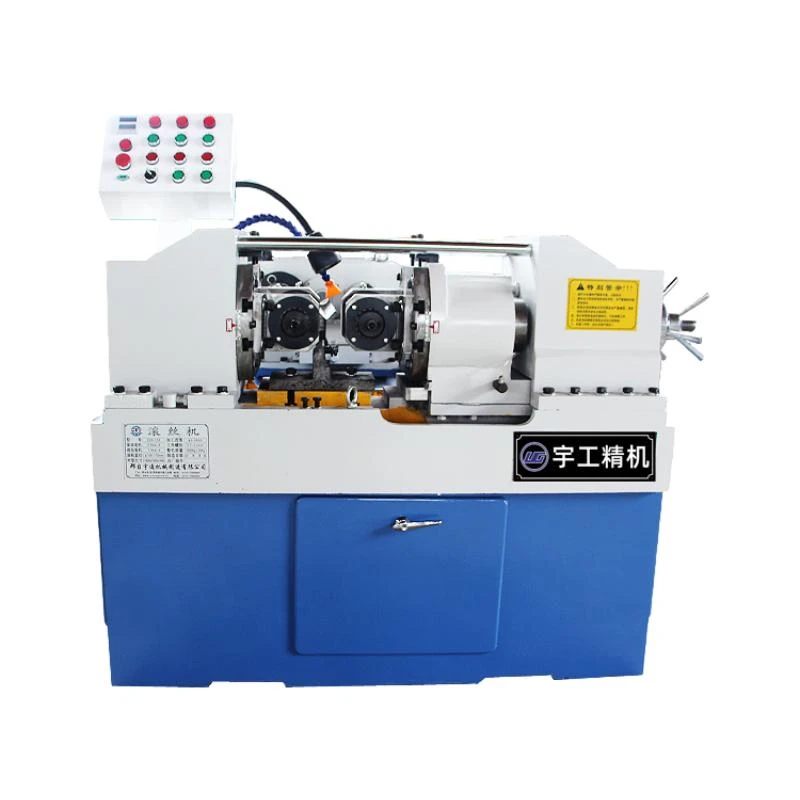
-
 Afrikaans
Afrikaans -
 Albanian
Albanian -
 Amharic
Amharic -
 Arabic
Arabic -
 Armenian
Armenian -
 Azerbaijani
Azerbaijani -
 Basque
Basque -
 Belarusian
Belarusian -
 Bengali
Bengali -
 Bosnian
Bosnian -
 Bulgarian
Bulgarian -
 Catalan
Catalan -
 Cebuano
Cebuano -
 Corsican
Corsican -
 Croatian
Croatian -
 Czech
Czech -
 Danish
Danish -
 Dutch
Dutch -
 English
English -
 Esperanto
Esperanto -
 Estonian
Estonian -
 Finnish
Finnish -
 French
French -
 Frisian
Frisian -
 Galician
Galician -
 Georgian
Georgian -
 German
German -
 Greek
Greek -
 Gujarati
Gujarati -
 Haitian Creole
Haitian Creole -
 hausa
hausa -
 hawaiian
hawaiian -
 Hebrew
Hebrew -
 Hindi
Hindi -
 Miao
Miao -
 Hungarian
Hungarian -
 Icelandic
Icelandic -
 igbo
igbo -
 Indonesian
Indonesian -
 irish
irish -
 Italian
Italian -
 Japanese
Japanese -
 Javanese
Javanese -
 Kannada
Kannada -
 kazakh
kazakh -
 Khmer
Khmer -
 Rwandese
Rwandese -
 Korean
Korean -
 Kurdish
Kurdish -
 Kyrgyz
Kyrgyz -
 Lao
Lao -
 Latin
Latin -
 Latvian
Latvian -
 Lithuanian
Lithuanian -
 Luxembourgish
Luxembourgish -
 Macedonian
Macedonian -
 Malgashi
Malgashi -
 Malay
Malay -
 Malayalam
Malayalam -
 Maltese
Maltese -
 Maori
Maori -
 Marathi
Marathi -
 Mongolian
Mongolian -
 Myanmar
Myanmar -
 Nepali
Nepali -
 Norwegian
Norwegian -
 Norwegian
Norwegian -
 Occitan
Occitan -
 Pashto
Pashto -
 Persian
Persian -
 Polish
Polish -
 Portuguese
Portuguese -
 Punjabi
Punjabi -
 Romanian
Romanian -
 Russian
Russian -
 Samoan
Samoan -
 Scottish Gaelic
Scottish Gaelic -
 Serbian
Serbian -
 Sesotho
Sesotho -
 Shona
Shona -
 Sindhi
Sindhi -
 Sinhala
Sinhala -
 Slovak
Slovak -
 Slovenian
Slovenian -
 Somali
Somali -
 Spanish
Spanish -
 Sundanese
Sundanese -
 Swahili
Swahili -
 Swedish
Swedish -
 Tagalog
Tagalog -
 Tajik
Tajik -
 Tamil
Tamil -
 Tatar
Tatar -
 Telugu
Telugu -
 Thai
Thai -
 Turkish
Turkish -
 Turkmen
Turkmen -
 Ukrainian
Ukrainian -
 Urdu
Urdu -
 Uighur
Uighur -
 Uzbek
Uzbek -
 Vietnamese
Vietnamese -
 Welsh
Welsh -
 Bantu
Bantu -
 Yiddish
Yiddish -
 Yoruba
Yoruba -
 Zulu
Zulu
thread rolling equipment
Thread Rolling Equipment A Comprehensive Overview
Thread rolling has increasingly gained popularity in various manufacturing sectors due to its efficiency and quality in producing threaded fasteners. This cold-forming process enables manufacturers to create threads on a variety of materials while enhancing the strength and durability of the finished product. To achieve this, specialized equipment designed for thread rolling is essential. This article delves into the different types of thread rolling equipment, their working principles, applications, and advantages.
Types of Thread Rolling Equipment
1. Flat Die Thread Rollers Flat die thread rollers operate using two flat dies that are positioned parallel to each other. As the workpiece is fed between the dies, it is simultaneously shaped and formed into the desired thread profile. This method is particularly effective for producing external threads on rods or bars made from metals such as steel or aluminum.
2. Circular Die Thread Rollers Circular or rotary die thread rollers use two cylindrical dies to roll the thread onto the workpiece. The workpiece is rotated while being fed through the rotating dies. This type of equipment is often used for creating more intricate thread designs and is ideal for high production rates.
3. Planetary Thread Rollers Planetary thread rolling machines feature a design where the dies are arranged in a circular pattern, allowing for multiple threads to be formed simultaneously on the workpiece. This configuration not only improves production efficiency but also enhances the quality and consistency of the threads produced.
4. Multi-Station Thread Rollers These advanced machines incorporate multiple dies and stations for the simultaneous production of various thread profiles. Multi-station thread rollers are often employed for high-volume production runs, enabling manufacturers to save time and reduce labor costs.
Working Principles of Thread Rolling
Thread rolling is a cold-working process, which means it creates threads without significant heat generation. The fundamental principle behind thread rolling relies on high pressure applied to the material as it passes between the rotary or flat dies. The pressure causes the material to flow and deform, taking the shape of the die profile. The entire process is characterized by minimal waste, as it relies on the existing material rather than removing excess, as in traditional machining methods.
Applications of Thread Rolling Equipment
thread rolling equipment

Thread rolling is widely used in various industries, including
- Automotive Fasteners, such as bolts and nuts, used in vehicle assembly often require high strength and durability, making them excellent candidates for thread rolling. - Aerospace Components in this sector demand meticulous engineering and reliability, which thread rolling can provide through precise thread formation. - Construction Structural components and anchoring systems utilize rolled threads for enhanced load bearing and resistance to shear forces. - Manufacturing General manufacturing applications benefit from the efficiency and cost-effectiveness of thread rolling in producing various threaded parts.
Advantages of Thread Rolling Equipment
1. Enhanced Strength The cold working nature of thread rolling improves the grain structure of the material, resulting in higher tensile strength. 2. Improved Surface Finish Thread rolling often yields a smoother surface finish compared to traditional machining methods, reducing the need for additional processing.
3. Cost Efficiency Due to its high production rates and minimal material wastage, thread rolling can significantly reduce manufacturing costs, making it an attractive option for mass production.
4. Versatility Thread rolling equipment is capable of handling a variety of materials, including different metals and plastics, making it suitable for diverse applications.
5. Precision The process allows for the creation of accurately sized and shaped threads, which is essential for parts that require tight tolerances.
Conclusion
In summary, thread rolling equipment plays a crucial role in manufacturing high-quality threaded components across various industries. With advances in technology and engineering, these machines continue to evolve, offering improved efficiency and precision. As businesses strive for cost-effective and durable solutions, the popularity of thread rolling equipment is likely to grow, solidifying its position as a cornerstone of modern manufacturing.
